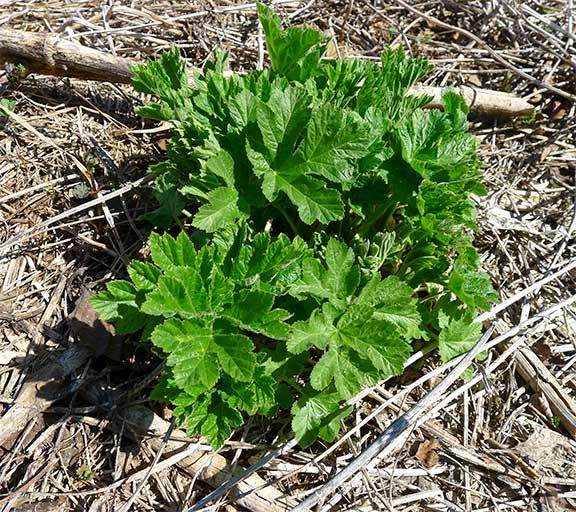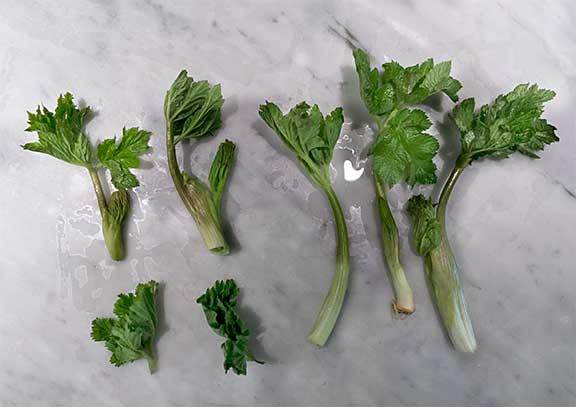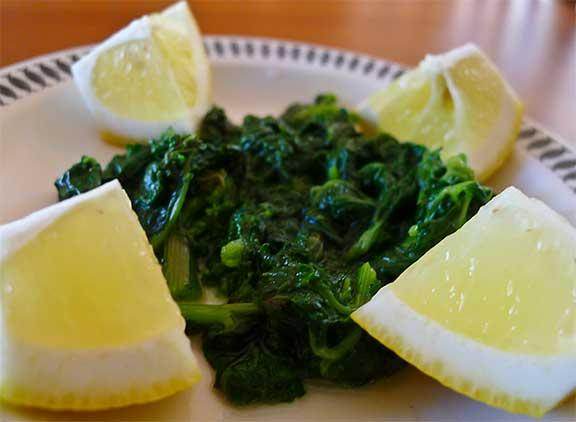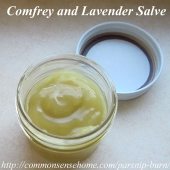




Success has a Thousand Fathers , Failure is an Orphan
LOOK AT THE " SIMILAR THREADS " BELOW !














Success has a Thousand Fathers , Failure is an Orphan
LOOK AT THE " SIMILAR THREADS " BELOW !




For unlimited return on all your investments - Make your deposits at 'The Entangled Bank' !















Success has a Thousand Fathers , Failure is an Orphan
LOOK AT THE " SIMILAR THREADS " BELOW !




"You may never know what results come of your action, but if you do nothing there will be no result”
How Permies.com Works
Be Nice










Success has a Thousand Fathers , Failure is an Orphan
LOOK AT THE " SIMILAR THREADS " BELOW !





 1
1




Renate Howard wrote:Eat your enemies! http://www.laurieconstantino.com/wild-edibles-how-to-harvest-and-cook-cow-parsnip-greens/



QuickBooks set up and Bookkeeping for Small Businesses and Farms - jocelyncampbell.com
 4
4




 2
2




 2
2





|
Character is the architect of achievements - Mark Twain / tiny ad
Learn Permaculture through a little hard work
https://wheaton-labs.com/bootcamp
|







